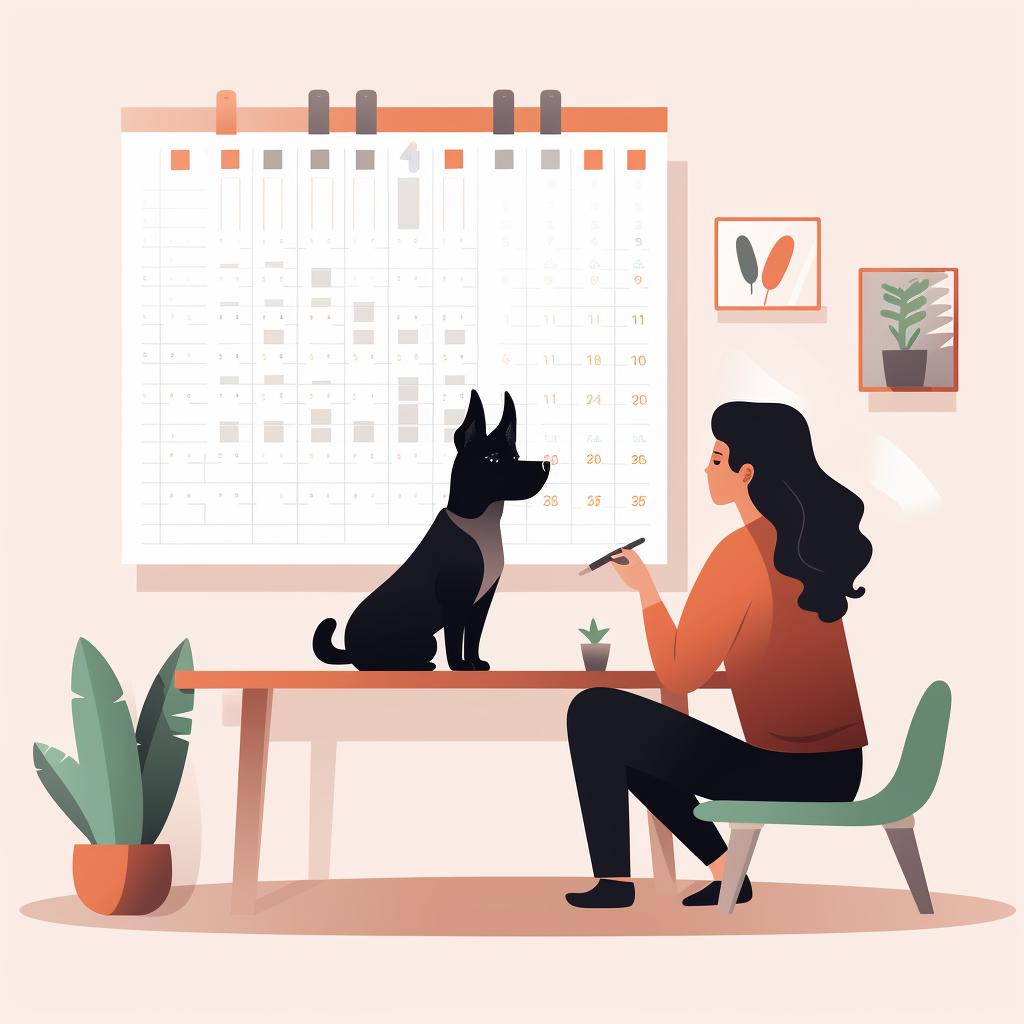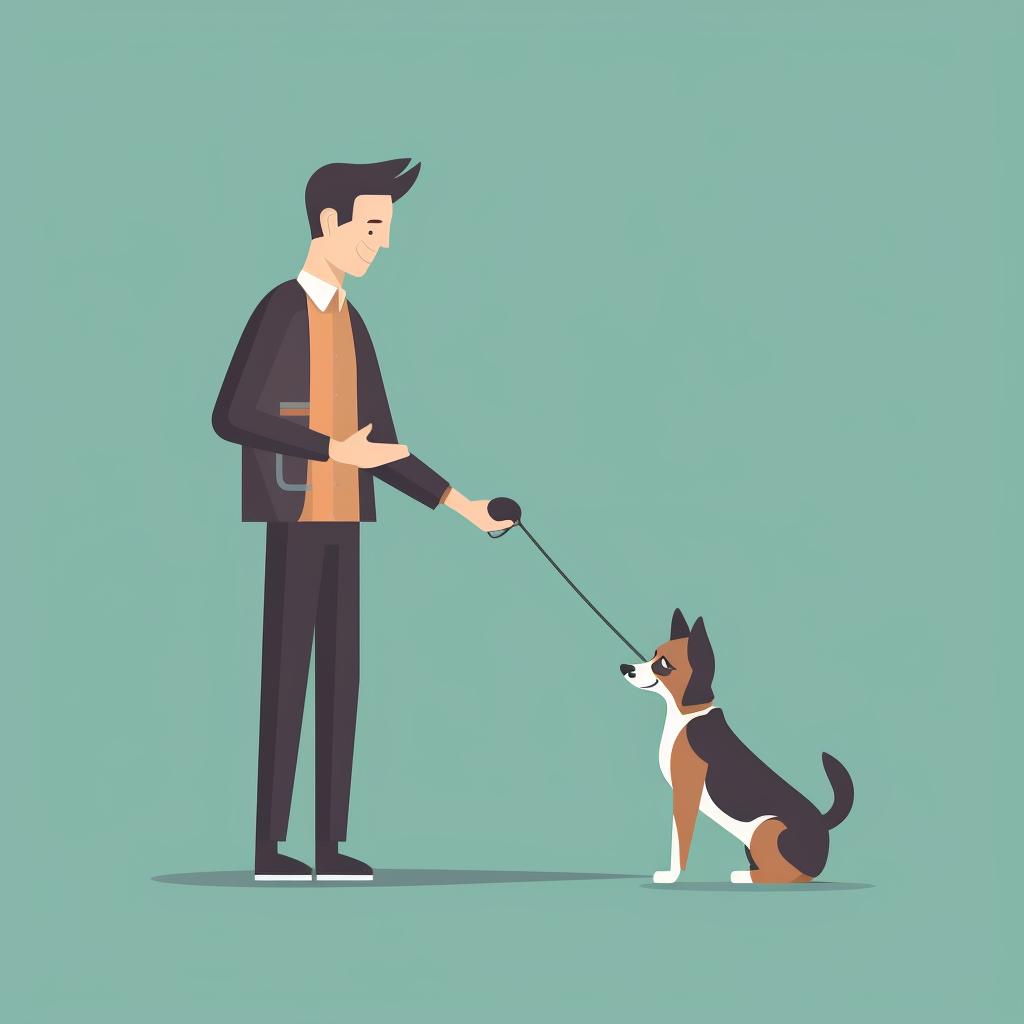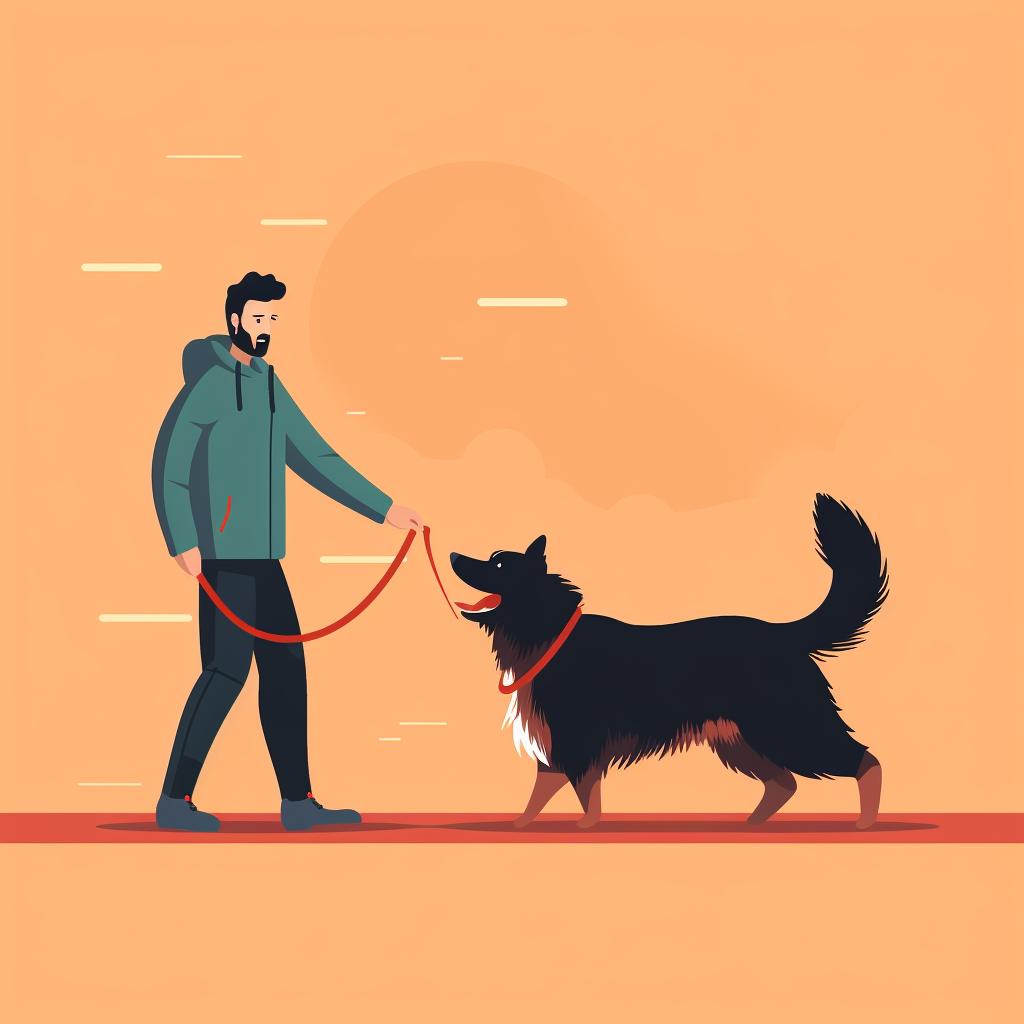Damian Spinka is a seasoned veterinarian who focuses on canine nutrition. Grounded in the conviction that a balanced diet is paramount to a dog's overall health and training success, Damian is passionate about sharing his knowledge. He contributes insightful articles on canine health, nutrition, and the efficiency of various dog toys.
Training an older dog not to pull on the leash is a common issue many dog owners face. The good news is, with patience, consistency, and the right approach, you can teach your furry companion to walk nicely on the leash. Here's a step-by-step guide to help you achieve this.
and the right approach, you can teach your furry companion to walk nicely on the leash. Let's dive into the steps you need to follow:
By following these steps, you'll be well on your way to having a well-behaved, leash-trained dog. Now, let's move on to choosing the right equipment for this training.
1. Choose the Right Equipment
Start by investing in a quality, comfortable harness that discourages pulling. Avoid choke chains or prong collars as these can cause harm to your dog.
2. Start Indoors
Begin the training in a familiar, distraction-free environment like your home. Allow your dog to get used to the feeling of the harness and leash.
3. Use Positive Reinforcement
Every time your dog walks without pulling, reward them with treats or praise. This reinforces the positive behavior.
4. Practice Short Walks
Start with short walks around your home or garden, gradually increasing the distance as your dog becomes more comfortable.
5. Be Patient and Consistent
Remember, breaking old habits takes time. Keep sessions short but regular, and always end on a positive note.
For more detailed information on leash training, check out this article on our site.
Before we dive into our checklist for successful leash training, let's address some frequently asked questions that dog owners often have:
Now that we've addressed some common questions, let's move on to our handy checklist to help you keep track of your progress in leash training your older dog:
Here are some commonly asked questions about leash training older dogs:
- What if my dog is scared of the leash?
- How can I train my dog to walk with a loose leash?
- What are effective ways to train a larger dog to fetch?
For answers to these questions and more, visit our FAQ section.
Now that we've addressed some common questions, let's move on to the practical steps you can take. Here's a checklist to guide you through the process of leash training your older dog:
Use this checklist to keep track of your progress and ensure you're following the best practices for leash training. Remember, every dog is unique, so what works for one might not work for another. Stay patient and persistent, and you'll see improvement over time.
Here's a handy checklist to help you keep track of your progress:
- Purchase a comfortable, non-harmful harness and leash
- Start training in a familiar, distraction-free environment
- Use positive reinforcement consistently
- Gradually increase the duration and distance of walks
- Stay patient and persistent
Remember, the key to successful training is consistency and patience. If your dog is still struggling, you might want to consider seeking help from a professional dog trainer. Check out our guide to the best online dog training courses.
What's the biggest challenge you've faced when leash training your older dog?
Participate in our poll and share your experience with leash training. Your feedback could help other dog owners navigate similar challenges.
Let's hear from you! What's the biggest challenge you've faced when leash training your older dog? Participate in our community poll and find out how other dog owners are dealing with similar issues.
With patience, consistency, and the right approach, you can train your older dog to stop pulling on the leash. Remember, every dog is unique, and what works for one might not work for another. Keep trying different methods until you find what works best for your furry friend.
Let's take a look at some real-life progress of leash training an older dog.
As you can see, teaching a dog to yield to leash pressure is vital in improving leash walking skills. It's all about patience and consistency.




















